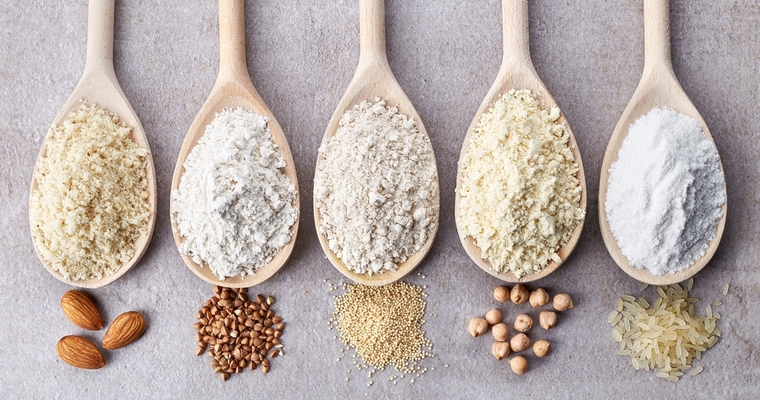
Everything you need to know about baking with gluten-free flours. Describes the taste and texture of each flour, and how to successfully adjust any recipe.
Technique
01. What is gluten, and why is it used in baking?
02. What gluten-free alternatives are available?
03. How much starch should I use?
04. Which gluten-free flours are best for my recipe?
05. Will I need to make other adjustments to the recipe?
06. Why is my gluten-free bake crumbly, and how do I fix it?
07. Why is my gluten-free bake dense, and how do I fix it?
08. Why is my gluten-free bake dry, and how do I fix it?
09. Why is my gluten-free bake greasy, and how do I fix it?
10. Why is my gluten-free bake gritty, and how do I fix it?
11. Why does my gluten-free bake have an anaemic crust, and how do I fix it?
Recipes
12. Which recipes work best with gluten-free flours?
01. What is gluten, and why is it used in baking?
The role of flour in a baking recipe is to give body and structure. It sets around the air bubbles that are produced by raising agents in the batter such as eggs, baking soda or yeast. Wheat flour is generally used because it produces a sticky protein called gluten when it is mixed with water. Gluten creates a strong, elastic framework which is very effective at trapping air. The higher the protein content of the flour, the stronger the framework. High protein wheat flour is labelled ‘strong’, and has a protein content of around 10-14%. Strong flour is used to create stiff doughs that are manipulated into shape before cooking, like pastry or bread. Bread has an open crumb with lots of air pockets, and a tough texture that needs to be sawn apart with a serrated knife. Weak flour has a protein content of around 8-10%, and is used to create batters that are poured into moulds and set during cooking. Weak flour is often referred to as cake flour, and results in a closed crumb that is lighter and softer, and crumbles when sliced. Wheat flour has a neutral flavour.
02. What gluten-free alternatives are available?
If you are unable to eat gluten, you need to find a substitute that replicates the four key properties of wheat flour:
- Structure: elastic and sticky
- Texture: strong enough to set around air bubbles
- Hydration: capable of absorbing its own weight in water
- Flavour: mild, does not affect the overall taste
This explains why no one ingredient works as a direct replacement, because no one ingredient combines all these functions. Shop-bought gluten-free flours are actually a blend of several flours, typically comprising brown rice flour, white rice flour, tapioca flour and potato flour – plus a binding agent like xanthum gum or psyllium husks. The key to successfully replacing wheat flour is to replicate the protein and starch structure. This can only be achieved by using a combination of protein flours and powdered starches. Protein provides body or density, but needs to be balanced by starches for lightness and hydration.
Proteins
Lighter:
- Brown rice flour
- Millet flour
- Sorghum flour
- White rice flour
Denser:
- Almond meal (aka ground almonds)
- Amaranth flour
- Buckwheat flour
- Chickpea flour (aka gram flour)
- Cornmeal (aka polenta)
- Flaxseed meal (aka ground flaxseed)
- Oat flour
- Quinoa flour
- Soy flour
- Teff flour
Starches
Lighter:
- Arrowroot powder
- Cornflour (aka cornstarch, maize starch)
- Potato starch (not the same as potato flour)
Chewier:
- Tapioca flour (aka Tapioca starch)
- Sweet rice flour
03. How much starch should I use?
Most gluten-free flour blends use a ratio of 60% protein flours, and 40% powdered starches. This is a higher protein content than wheat flour because, without gluten, more protein is needed to hold the cake together. The proportion that you should use is not fixed, and will vary according to the recipe. This is no different from traditional baking, where you would select a different strength of wheat flour to bake a hard pie crust than you would to bake a soft cookie. In gluten-free cooking, if you want a denser structure and a closer crumb, then you should mix a higher proportion of heavier protein flours into your blend. If you want an airier, crumblier texture, then you should mix a higher proportion of starches into your blend.
- Light, airy cakes
- Thin, hard biscuits
- Pliable pastry
- Fudgy, dense brownies
- Thick, soft cookies
04. Which gluten-free flours are best for my recipe?
Starches affect the structure, but are otherwise light and neutral tasting. Like wheat flour, they sit in the background, allowing the other ingredients to take centre stage. The heavier protein flours are more prominent, affecting the structure, texture, colour and flavour. They are also more diverse, and different flours produce drastically different results. Some are dense and gritty, while others are light and spongy. This means that it can be difficult to adapt gluten-free recipes if you do not have the exact ingredients, as you cannot simply substitute one flour for another. Tempting as it might be to use whatever gluten-free flour is to hand, just throwing in some potato flour and hoping for the best will not produce edible results.
It is useful to understand the properties of each flour, as this will help you decide which ones are best for your recipe. There is no such thing as an all-purpose gluten-free flour that can be used interchangeably in any baking recipe. The blend which produces a chewy cookie will not be suitable for a crisp flatbread. The best way to select which flours to use is to work backwards, and think about what you want the finished bake to be like. Should it be dense or light? Crisp or spongy? Sweet or savoury? Try not to get fixated on using a particular flour, as it may not be suitable for achieving the desired results.
Structure
Absorbent Flours:
- Coconut flour
- Potato flour
Good for stiffer mixes, or for wicking up excess moisture. Use very sparingly (no more than 2-4 in a blend), and consider adding more liquid.
- bread
- doughnuts
- egg-free recipes containing pureed fruits or vegetables
Gelatinous Flours:
- Flaxseed meal (aka ground flaxseed)
- Sweet Rice flour
- Tapioca flour (aka Tapioca starch)
- Teff flour
Good for structured, pliable mixes. Produces a chewy or spongy texture. Takes on a gel-like consistency when mixed with water. Good for mixes that need thickening, like pie fillings or custard. Use in combination with heavier flours to avoid a gummy texture, and decrease the amount of sticky ingredients like honey or pureed fruit.
- cookies
- crackers
- muffins
- pancakes
- pie crusts
- pizza dough
- puddings
- quick breads
Texture
Gritty flours:
- Almond meal (aka ground almonds)
- Brown rice flour
- Cornmeal (aka polenta)
- Flaxseed meal (aka ground flaxseed)
- Oat flour
Good for denser, more substantial mixes. Increase the amount of raising agents, and add an extra egg for binding.
- brownies
- cookies
- cakes
- crumbs
- muffins
Dry flours:
- Millet flour
- Sorghum flour
Good for lighter, flakier mixes. These flours also produce a good crust. Use in combination with starches to avoid excessive crumbliness, at no more than 25% of total blend. Increase the amount of binding agents.
- biscuits
- bread
- cookies
- crackers
- flatbreads
- muffins
- pancakes
- pizza dough
- quick breads
Colour
White / beige:
- Almond meal (aka ground almonds)
- Coconut flour
- Quinoa flour
- Sorghum flour
- Soy flour
- Tapioca flour (aka Tapioca starch)
- White rice flour
Good for paler mixes, where a light colour is important.
- Coconut recipes
- Lemon recipes
- Vanilla recipes
Browns easily:
- Almond meal (aka ground almonds)
- Amaranth flour
- Soy flour
Good for darker mixes, which will mask excess browning. Bake in a light-coloured tin, and reduce the oven temperature by 15°C/25°F, if the temperature is 180°C/350°F or more. Use a deep tin and tent with tin foil before putting in the oven.
- chocolate recipes
- dried fruit recipes
- ginger recipes
- nut recipes
Flavour
Lighter / nutty taste:
- Almond meal (aka ground almonds)
- Coconut flour
- Cornmeal (aka polenta)
- Flaxseed meal (aka ground flaxseed)
- Millet flour
- Sorghum flour
- Tapioca flour (aka Tapioca starch)
- Teff flour
- White rice flour
Good for sweet mixes.
- cakes
- cookies
- muffins
- pancakes
- quick breads
Stronger / earthy taste:
- Amaranth flour
- Brown rice flour
- Buckwheat flour
- Chickpea flour (aka gram flour)
- Oat flour
- Potato flour
- Quinoa flour
- Soy flour
Good for savoury mixes. Otherwise, use in combination with neutral or sweeter flours, at no more than 25% of total blend. Increase the amount of seasoning like spices, vanilla essence, chocolate or nuts.
- batters
- crackers
- crepes
- crusts / coatings
- flatbreads
05. Will I need to make other adjustments to the recipe?
Gluten-free bakes have a reputation for being crumbly, dense and greasy. To some degree this is deserved – but only inasmuch as too many commercial bakers attempt to create gluten-free bakes without a proper understanding of what they’re doing. ‘Gluten-free’ needn’t be a byword for inferiority, provided you rebalance the ingredients to replace what has been taken out. This means adding a binding agent for structure, a raising agent for texture and moisture for mouthfeel. You will also need to adapt your methodology, as methods designed to encourage gluten formation are not necessary.
06. Why is my gluten-free bake crumbly, and how do I fix it?
If you remove gluten from a recipe, then you remove the sticky and elastic protein molecules that hold the structure together. This means that binding agents such as eggs or gums need to be added to strengthen the structure. You can replicate the sticky properties of gluten by adding ingredients that are physically sticky, like honey and dates. Eggs also increase stickiness, as the proteins contained in them coagulate to form a sold mass when heated. You can see this in action when you crack an egg into a hot frying pan and watch the whites transform from transparent liquid to opaque solid. Gums, meanwhile, add elasticity. When mixed with water they take on a gel-like consistency, which acts as a thickener. While binding agents always need to be included, you only need to think about using gums for batter and doughs.
Gums and psyllium husks should be avoided by people with digestive disorders, or at least treated with caution. When they enter the small intestine, they resist being broken down and digested. Instead, they absorb water and swell. This causes the formation of soft, bulky stools, which stimulates a bowel movement. For some people, bulk-forming laxatives are an irritant, triggering excessive gas and diarrhoea. Xanthum gum can also be problematic for people with severe food allergies. It is made by growing a bacterium in fermented sugar. The sugar medium is normally derived from corn, but some brands use dairy, soy or wheat. This will not be specified on the label and so, if in doubt, contact the manufacturer directly to check.
- Increase / add binding agents:
- chia seeds, ground (1 tablespoon)
- egg / egg white (1 extra)
- flaxseeds, ground (1 tablespoon)
- guar gum (1 teaspoon)
- psyllium husks, ground (1 teaspoon)
- xanthum gum (1 teaspoon)
- Increase / add sticky ingredients:
- honey
- melted chocolate
- pureed apple / banana / squash (high in pectin)
- pureed dates / prunes
- Bake in smaller moulds / shapes for greater cohesion.
- Bake in a loose-bottomed tin, line the bottom with baking paper, and lightly grease the sides to aid removal.
- Wait until goods have cooled for at least 20 minutes before turning out of the tin, as they are more delicate when warm. Leave fruit cakes to cool completely in the tin.
07. Why is my gluten-free bake dense, and how do I fix it?
Bakes turn out dense and gluey when not enough air is trapped during cooking. Air bubbles are created by incorporating egg white foam into the batter, or by adding chemical raising agents that produce carbon dioxide when activated. Gluten expands and sets around these air bubbles during cooking. This creates a strong framework that prevents the air pockets from collapsing beneath the weight of the fat and sugar. Gluten-free flours are weaker and heavier, which means that they cannot maintain a delicate open crumb structure. Gums mimic the effects of gluten by adding some elasticity and strength, which helps to create a stable rise.
If your cake sinks in the middle, this implies that the structure was too weak to maintain the rise. You can unintentionally weaken the structure by using the wrong ratio of ingredients, or by setting the wrong oven temperature.
- Raising Agent: using too much raising agent creates too much air for the structure to support..
- Fat & Sugar: using too much fat and sugar interferes with egg protein coagulation.
- Disturbances: opening the oven door midway through cooking does not give the structure enough time to set around the air bubbles.
- Temperature: cooking at too high a temperature results in uneven cooking. This causes the heavier uncooked batter in the middle to sink to the bottom as the cake cools.
Cakes cook from the outside in. This means that it can be difficult to tell when they are cooked, as the outside may have a perfectly formed crust, while the inside is still raw. The standard test for doneness is to insert a skewer into the middle and check if it comes out clean. This is not always appropriate for gluten-free cakes, which tend to have wetter batters and should not be cooked to the point of dryness. Testing for doneness is one of those things that is largely a matter of experience. Cooked cakes just ‘feel’ right. I know a gluten-free cake is done when I press down gently on the top with my fingertips and it feels springy – not too soft, and not too firm.. I realise this is not a very satisfying answer for those new to baking. If you want to introduce more exactitude, then invest in an internal thermometer to remove all doubt. They are not expensive. While you’re at, buy an electric whisk, as aerating egg whites by hand takes a lot of time and effort!
There is such a thing as a cake rising too much. If your cake has a domed top with a cracked surface, this is also due to cooking at too high a temperature. As the edges cook and set first, this forces the raw batter up into the middle.
- Increase / add raising agents:
- baking soda (1 teaspoon) + acid to activate (1 tablespoon)
- egg / egg white (1 whole)
- sparkling water
- Increase / add elasticity:
- guar gum (1 teaspoon)
- xanthum gum (1 teaspoon)
- Sift flours to remove clumps.
- Separate the egg whites from the yolks, and whisk to soft peaks before gently folding in to the batter.
- Make sure your eggs are at room temperature, as refrigerator-cold eggs have a tighter structure, and so the whites do not take in as much air.
- Transfer to the oven as quickly as possible, as baking soda begins to react and produce air bubbles as soon as it hits acid.
- Bake in a deep tin to allow room for rising. The raw batter should not come more than three-quarters of the way up the sides. This is particularly relevant if tenting with tin foil to avoid over-browning, as you don’t want the cake to get stuck to the foil and impede the rise.
- Reduce the oven temperature by 15°C/25°F, if the temperature is 180°C/350°F or more, to allow for more even cooking.
- Maintain a steady oven temperature. Preheat the oven, minimise the amount of time the door is open when adding the cake, and do not open the door again until the cake is at least three-quarters of the way through the cooking time. Leave it be and have faith!
- Ensure that cakes are cooked through. Cooked cakes ‘should have a crust on top and feel springy to the touch. An internal thermometer inserted into the middle of the cake should register 99°C/210°F for drier cakes, and 79°C/175°F for molten cakes.
08. Why is my gluten-free bake dry, and how do I fix it?
Wheat flour can absorb lots of water due to the high absorption capacity of gluten. It is also helped by the fact that it is milled into fine particles. Coarser gluten-free flours have larger particles, which reduces the surface area available for the absorption of liquid. Gluten-free recipes need to boost moistness levels by adding moisture-retaining ingredients such as apple sauce or honey. Fats that are liquid at room temperature will also result in a moister bake, so consider replacing solid fats like butter with oil.
- Increase / add moisture retainers:
- honey
- pureed fruits / vegetables
- syrup / drizzle
- Increase / add liquids:
- alcohol
- coffee
- milk
- orange juice
- yoghurt
- tea
- Reduce the oven temperature by 15°C/25°F, if the temperature is 180°C/350°F or more, to reduce the rate of evaporation.
- Apply a syrup coating while the cake is hot from the oven to trap in the steam. Boil equal parts sugar and water for a couple of minutes, until dissolved. Leave to cool, then thoroughly but lightly brush all over the top.
- To rescue a freshly-baked cake, poke holes all over the top with a skewer and pour over a syrup.
- To rescue a stale cake, lightly sprinkle a slice with water and microwave for a few seconds.
09. Why is my gluten-free bake greasy, and how do I fix it?
Unlike water, fat does not evaporate or become absorbed during baking. Instead, it coats the flour particles in an oily film which reduces the absorption capacity of the flour. This tenderises the texture by weakening the structure. Unlike egg white proteins, fat molecules do not bond with one other. This means that they are free to bond with other molecules, and, in particular, to compete with egg white proteins to bond with other egg white proteins. This is why you should never attempt to whisk egg whites in a greasy bowl, or when there are traces of the fatty egg yolk.
Bakes turn out greasy because either too much fat has been used, or the fat has not been fully incorporated during the mixing stage. Reducing the fat content is an obvious solution, but this will impact on richness and mouthfeel. To rebalance a reduced-fat bake, add some ground nuts like almond meal or almond butter. Nuts have a high fat content due to their natural oils.
- Increase / add:
- nut meal / nut butters
- egg yolks
- honey
- solid fat (butter / coconut oil / lard)
- Decrease / remove:
- fat (-25%)
- liqud fat (oil)
- Suspend the fat particles in another liquid to stop them from dispersing (an emulsion). Cream together the fat and sugar, then whisk in egg yolks one at a time. If using oil, skip the creaming stage, and simply combine the oil with the egg yolks and whisk well. Honey and xanthum gum are also emulsifiers.
- Make sure your eggs and fat are at room temperature, as refrigerator-cold ingredients have tighter structures, and so do not bond together as easily.
- Refrigerate cookie dough before using, and reduce the oven temperature to 150°C/300°F. If the fat melts before the mixture has set, the cookies will spread. This will result in flat cookies that are crisper and greasier.
10. Why is my gluten-free bake gritty, and how do I fix it?
Wheat grains are made up of four layers: an indigestible outer husk, a fibrous bran, a nutritious germ and a starchy centre known as the endosperm. In order to make white wheat flour, only the endosperm is milled, which produces a fine powder. When the outer layers are stripped out during processing, flour is described as ‘refined’. Bran is detrimental to texture, as the sharp edges cut into gluten molecules. This weakens the structure, which means that less air is trapped, resulting in a denser texture.
Whole grain flours include the bran and germ, rather than stripping them out. With the exception of white rice flour, the grain-based gluten-free flours are made from whole grains. This means that they are naturally coarser, which can result in a gritty texture. This is not necessarily a bad thing, as polenta cakes have a pleasing bite to them. It is only a bad thing if the grittier flours are used in the wrong context e.g. to make light and fluffy fairy cakes. You can soften their texture by soaking, much as you would soak traditional porridge oats overnight in water for a creamier texture and a faster cooking time. Heating a flour ‘porridge’ before use will soften the grinds further.
- Buy packets labelled finely ground, and avoid those labelled coarsely ground.
- Re-grind coarse flours in a coffee grinder / food processor.
- Soften flours by resting the batter for at least 30 minutes in the refrigerator. Add raising agents later, just before baking.
- Soften very coarse flours such as brown rice flour and corn meal by heating in liquid. Stir into the liquid, bring to the boil, and leave to cool before using.
11. Why does my gluten-free bake have an anaemic crust, and how do I fix it?
Baking happens in three stages: expansion as the rising agents create air bubbles, setting as the proteins coagulate around the trapped air, and browning as the proteins and sugars react with one another to form a flavoursome crust. Browning requires a high temperature. It can only happen once all the water has been driven out from the surface area by evaporation. Once this has happened, the temperature can exceed 100°C/210°F.
Increasing the oven temperature accelerates browning. But this is not always appropriate, as it can cause uneven cooking. A choice between a raw middle or a scorched top is no choice at all. Another way to accelerate browning is to add baking soda. Baking soda is an alkali. Changing the pH environment increases the reactive availability of protein. Unsurprisingly, covering the surface area with protein or sugar also speeds up the reaction. This is why some recipes call for bushing the top with egg or milk, or sprinkling with brown sugar.
Conversely, if you want to delay browning, then use a pastry brush to lightly dab the surface with water before placing in the oven, or tent with tin foil to deflect the heat. Placing a tray of water on the shelf below will also delay browning by creating steam.
- Increase / add:
- baking soda
- brown sugar
- egg wash – brown colour (1 egg yolk + 3 teaspoons of milk / cream)
- egg wash – golden colour (1 egg yolk + 3 teaspoons of water)
- honey
- Bake in a dark tin.
- Brush crusts with an egg or milk wash before placing in the oven to promote browning. Using less water in the wash will result in a crisper crust.
- Position on highest shelf in the oven, and place a tray on the shelf below to deflect the heat (this stops the bottom from over-browning).
12. Which recipes work best with gluten-free flours?
Some recipes are better suited to gluten-removal than others. Gluten development is important for doughs that need to be pliable and stretchy, like pastry or bread. It is not so important for batters that need to be light and tender, like cakes and muffins. When removing gluten and other allergens from an established recipe, you need to be realistic about changes to the texture and flavour. Crumbly, buttery shortbread will be altered beyond recognition if you attempt a gluten- and dairy-free version.
It is more rewarding to stick to recipes that produce naturally dense, sticky, moist or strongly flavoured results. Bakes which can accommodate a weaker structure and a drier texture include cookies, pancakes, muffins and that gluten-free dependable the chocolate brownie. A good rule of thumb is to look at the viscosity of the mixture. Stiff mixes that need to be kneaded and manipulated into shape will be very sensitive to gluten removal, whereas thick pouring batters will be more accommodating. So, when deciding whether a recipe is worth adapting, my guiding principle is ‘dough is no, batter is better’.
| Structure | Texture | Moistness | Flavour | |||||
|---|---|---|---|---|---|---|---|---|
| Recipes: | Compact | Flat | Low Fat |
Low Flour |
Fruit / Vegetables |
High Sugar |
Chocolate | Spices |
| Almond Macaroons |
|
|
|
|
|
|||
| Apple Cake |
|
|
|
|||||
| Banana Bread |
|
|
||||||
| Blueberry Muffin |
|
|
|
|||||
| Chocolate Brownie |
|
|
|
|
||||
| Carrot Cake |
|
|
|
|||||
| Chocolate Cake |
|
|
||||||
| Chocolate Chip Cookies |
|
|
|
|
||||
| Coconut Macaroons |
|
|
|
|
||||
| Date Balls |
|
|
|
|||||
| Fruit Cake |
|
|
|
|
||||
| Gingerbread Loaf |
|
|
|
|||||
| Gingerbread Men |
|
|
|
|
|
|||
| Gingernut Biscuits |
|
|
|
|
|
|||
| Flapjack |
|
|
|
|||||
| Lemon Drizzle Cake |
|
|||||||
| Orange & Almond Cake |
|
|
||||||
| Scotch / American Pancakes (aka Drop Scone) |
|
|
|
|||||
Recipes that are well-suited to gluten removal:

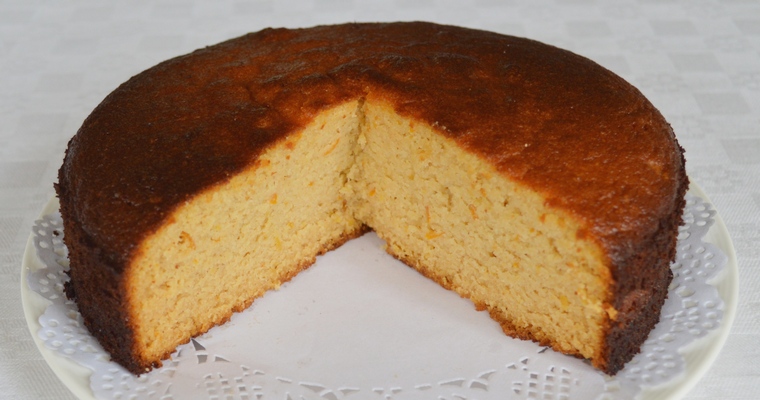
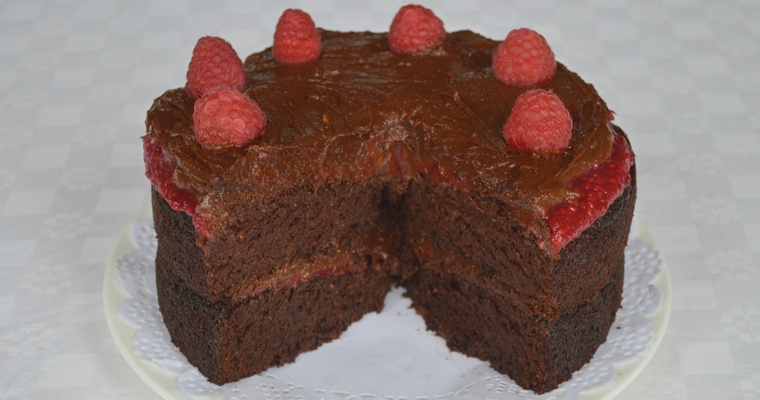
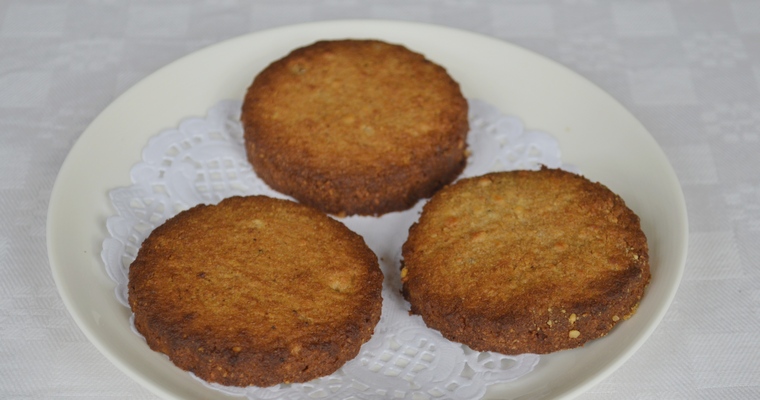
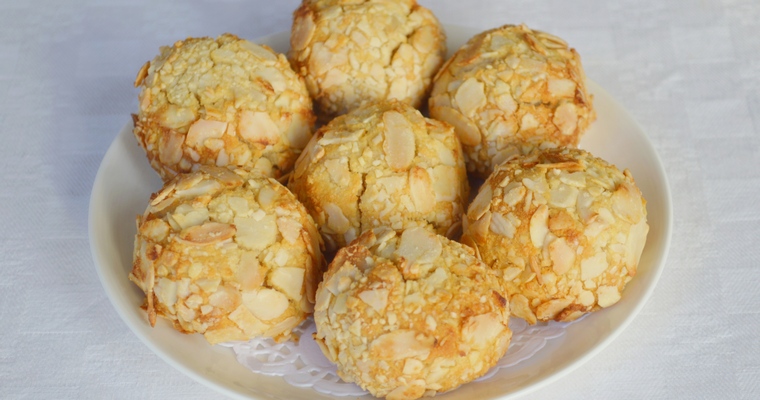
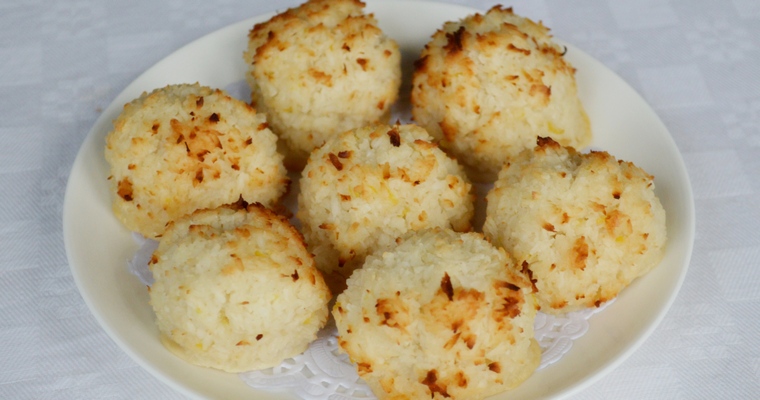
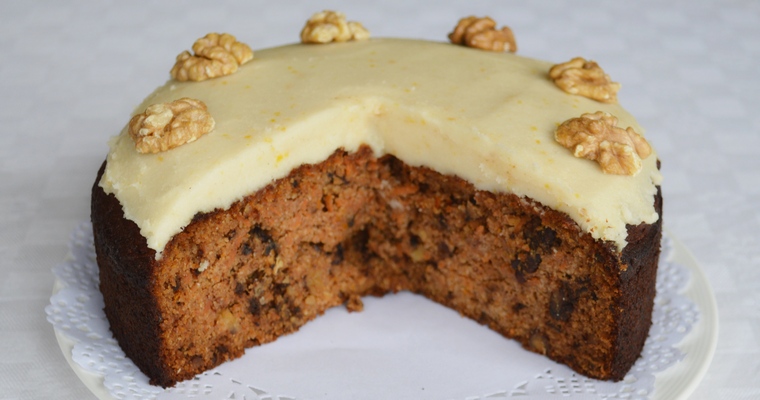

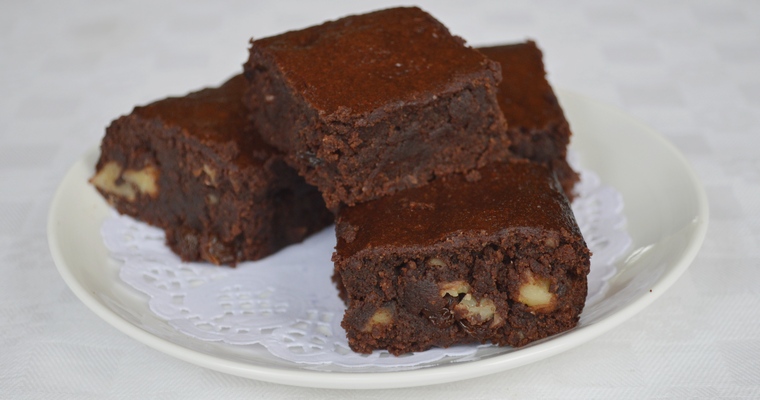
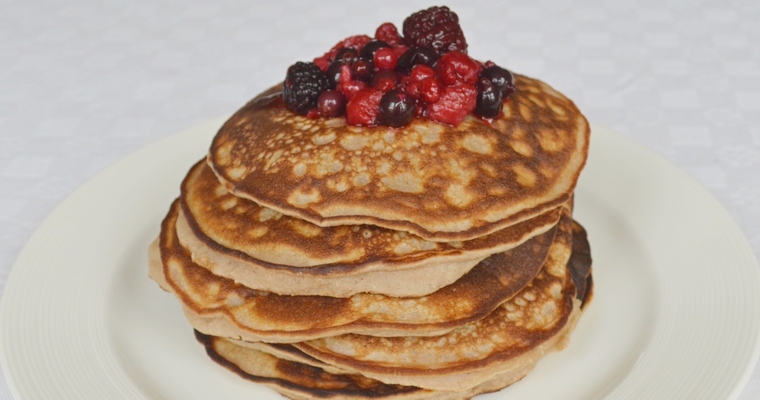
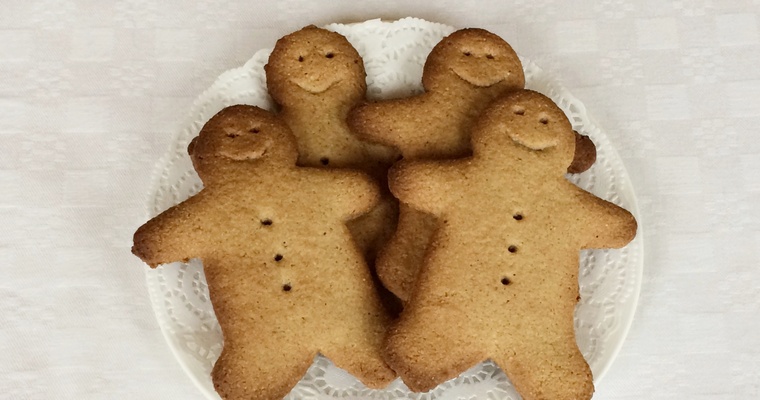

Hello Rwth,
Thank you for all the work you have put into this. I just found your site and tried to subscribe but a message comes up saying my email address is invalid. Could you please add me to your subscriber list.
Thank you.
Kind Regards,
Sylvia
Hi Sylvia,
Thanks for the feedback – I’m glad you find the website useful. I have just added your email address to the newsletter mailing list via the ‘subscribe’ text box, so I think it must have been a temporary glitch. Sorry about that! You should have an email in your inbox. You will need to click on a link to confirm the subscription. If you cannot see an email, then check your spam folder.
Best Wishes,
Rwth
This information is incredibly helpful! Thank you!
Hi,
my Mom needs to make a gluten free wedding cake. how would we replace the normal flour for gluten free flour using her normal recipe? her recipe uses about 1kg of normal cake flour to make about 6 fruit cakes. would it be acceptable to replace one for one, or will we need to add another “binding” agent to the fruit cake?
appreciate your further advise,
kind regards,
Ann
Hi Ann,
Fruit cakes are particularly well-suited to gluten removal (being naturally dense, and having sticky fruits that add moisture and mask the flavour of gluten-free flour). I have a Christmas cake recipe here that uses ground almonds: Gluten-free Christmas Cake. The post includes some general tips on how to cook rich fruit cakes (i.e. ones that have a very high fruit content), and how to stop them from drying out in the oven. You could make this recipe less ‘Christmassy’ and more ‘Weddingy’ by replacing the Brandy with orange juice, and removing the cinnamon, nutmeg and citrus zest.
However, you may not want such a rich cake, and prefer a lighter recipe with a lower fruit content and a higher flour content. In terms of replacing normal cake flour 1-for-1 with a generic gluten-free flour mix, you will probably need to add an extra binding agent (see main post above for list of ingredients), add more moisture (e.g. soak the dried fruit overnight in orange juice), and reduce the oven temperature to avoid scorching. I’m being non-committal and using the word ‘probably’ ,because it depends on the gluten-free flour mix that you use, and which flours are in that mix. The best thing to do is to read the suggestions / recipes on the back of the packet, and also have a look at the producer’s website to see if there is any advice on how to use it. I’ve written some hard-and-fast rules for replacing wheat flour with ground almonds here: How to Replace Flour with Ground Almonds.
The only other advice I would give (which probably sounds obvious) is to buy a small cake tin – say, 5″ – and experiment with a few test cakes. Hopefully you can use the tips in the above post to make adjustments e.g. what to do next time if it’s too dry / dense / oily / gritty. The ingredients for fruit cakes are expensive, so you don’t won’t to do trial and error on a huge batter mix! I’ve got a post on how to convert recipes to different cake tin sizes here: Cake Tin Sizes and Conversion Tables.
Good luck! Let me know if you manage to crack it 🙂
Ruth
Hi Ruth thank you for some valuable information regarding wheat/gluten free flour substitution. I wish to make almond fingers which use pastry flour as its flour base. From reading above pastry flour is very high in protein, so I would use a higher protein gluten free flour mix? The overall flavour is obviously almond, so what about substituting some of the new mix with almond meal/flour and making up the rest, leaning towards the higher protein structure?
kind regards
Elizabeth